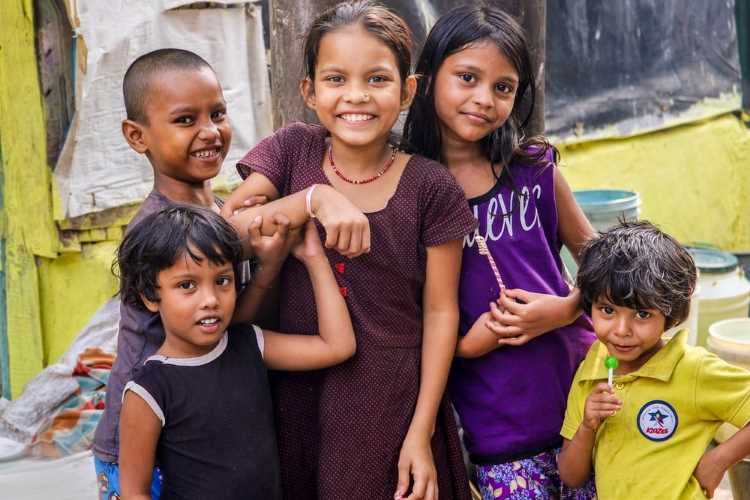Addressing the gender gap in education: Children develop character traits like resilience, persistence and perseverance by observing their surroundings. Children learn behaviour by watching and listening to others and mimicking what they see and hear. School is considered the first formal course of action where children are exposed to new ideas to develop their mental, social and physical capabilities, leading to overall development.
Although there are encouraging developments in India’s general literacy rate, the decadal gain had dramatically decreased from 12.62% to 9.21% between 2001 and 2011. Additionally, the gender gap has decreased over the past 10 years, but the rate at which it has declined is a cause for concern. (Census of India, 2011)
Between 2001 and 2011, Rajasthan saw an increase in literacy of almost 7%. The last recorded literacy rate is 66.11% as of 2011, up from 60.40% in 2001. In Rajasthan, 80.51 per cent of men (including urban and rural) are literate. In contrast, Rajasthan’s literacy rate for females (urban and rural) is 52.66%, reflecting the predominance of men in this state. Despite implementing programmes for women’s education and empowerment, as per the NSS report, Rajasthan has India’s lowest female literacy rate.
READ I Census 2021: The data shadow over India
Jaisalmer’s high gender gap in literacy
Jaisalmer, a famous tourist destination in western Rajasthan, has the lowest population density in the state. According to the census of 2011, out of 33 districts in Rajasthan, Jaisalmer’s literacy rate was the lowest at 57.22% — male and female rates of 72.04% and 32.33%, respectively. In Jaisalmer district, there is a gender gap of 32.3% which is over twice the national average. Education facilitates knowledge that helps individuals connect to the resources available to them.
Rajasthan ranks at the bottom as far as female education in India is concerned, with Jaisalmer district having the highest national literacy gender gap. Considering the education level in Jaisalmer district, access to education is not a genuine concern, but equal access to education is of significant concern.
Social origins of literacy gap
According to a study conducted by the National Statistical Organisation, based on the survey Household Social Consumption (July 2017–June 2018), almost every second woman in Rajasthan’s villages cannot read, write or perform simple calculations. The National Family Health Survey-5 (2019-2021) indicated that 21,800 girls had dropped out of school before 2019-20. Of those, 13% did so because of household work and 7% got married even though child marriage is illegal.
Jaisalmer has multiple small communities; one of them is Bheel Basti (society), whose population is dominated by immigrants from Pakistan, where girls are barred from receiving education. Several girls have been affected by child marriage in this pandemic era. Many poor parents with three or four daughters were trying desperately to alleviate their load by getting them married off.
As if this was not bad, worse is that these girls became mothers when they themselves were children and hence unaware of the realities of life. Since their husbands were of older age, these girls become pregnant prematurely. Lack of education in society causes children to lose their childhood and bear the burden of family responsibilities at a young age.
The way ahead
Education can bring a paradigm shift in the life of girls. It has been widely observed that educated girls are less likely to marry early, lead healthier and more productive lives, build better futures for themselves and their families, reduce inequality and strengthen economies.
Enthusiasm among women for education is very high. They want to be literate and learn income generation skills and are willing to make time for the same. Education enables them to become financially independent and become part of the decision-making process in the house and society.
The government and numerous organisations are trying to improve the situation. Notable among these is the Rajkumari Ratnavati Girl’s School and Women’s Cooperative in the Jaisalmer Desert to empower women. The government provides a number of resources to help improve the educational system. Despite all these efforts, those girls and women who are unable to go outside are still barred from being educated.
In a patriarchal society where men dominate decision making, creating awareness about women’s education among men will abolish the barriers and automatically facilitate women’s education. To start the process of bringing change in the mindset of the younger generation, the school curriculum must highlight the importance of women’s education and the concept of equity in resource sharing.
(The author works for CUTS International, a global public policy research and advocacy organisation. The views expressed are personal.)

